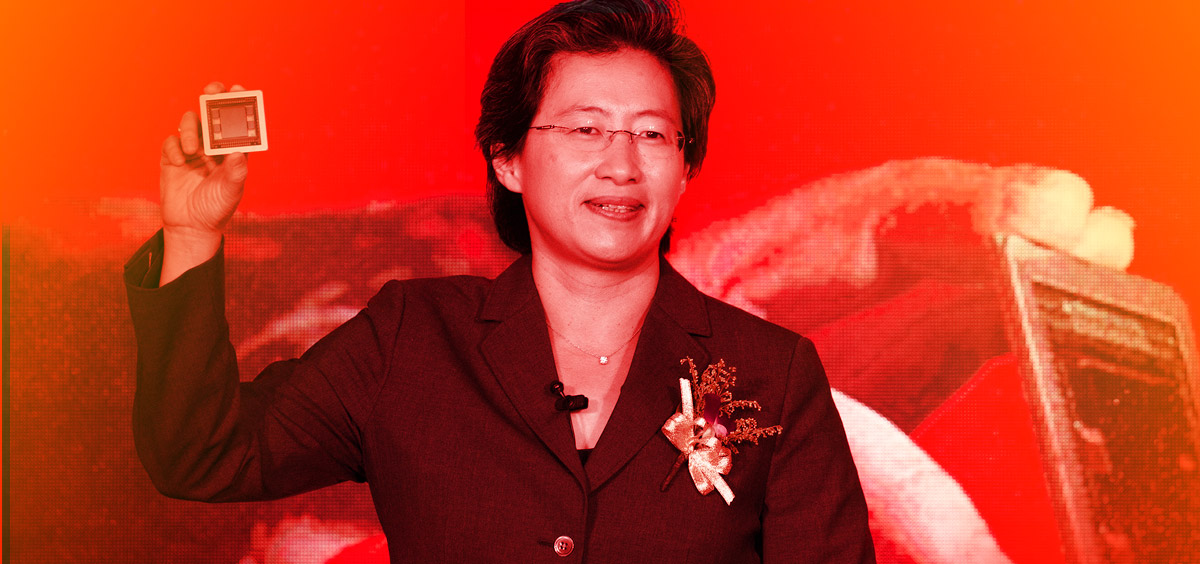
One of the amazing success stories to come out of 2020 is the meteoric rise of Advanced Micro Devices (AMD), under the leadership of Lisa Su. To understand what led up to the incredible success of AMD one must look back at some of the decisions that Ms. Su made early on within AMD.
“You would think that the decisions get easier because you have more resources, but they actually don’t because you have a much broader set of opportunities,” she said. “In some sense, when you’re more constrained, it’s, ‘OK, I have two bets.’ But now I can have 10 bets.” When Ms. Su was appointed to CEO of AMD, she started to listen to her customers and a massive opportunity unfolded. While the general consensus in 2014 was that mobile devices were going to grow, Ms. Su noticed that customer feedback indicated something different; customers were actually asking for more consistent and higher performing chips for servers and gaming devices; not just limiting the growth potential to mobile.
Ms. Su opted to double-down on making the central processing units, or CPUs, that run desktop and laptop computers and servers, as well as graphics processors that handle image displays in computers and game consoles like Microsoft Corp.’s Xbox. Other products, like chips for phones and tablets, took a back seat.
These chips have been selling fast, largely because they have measured up to their performance and price promise. Customers sent feedback to AMD saying they wanted smooth graphics, with limited latency, more than anything else. “One of the critical things with PC gaming is noise and the feeling of smoothness. A lot of people have sat in front of an under-powered PC or gaming console and felt it be a little slow, or not as fluid.” This massive bet on these types of improvements, rather than pivoting to mobile devices, proved to be the foundation for the success we all see at AMD today.
“Analysts say the new line-up helped AMD grab more market share. ‘and the company improved areas where it may not have been the best or where they received customer feedback.’” Listening to customers through feedback allows leaders, like Ms. Su, to distinguish between hype and opportunity. In this situation, the hype was that chip manufacturers should pivot towards making chips for mobile devices. In reality, customer feedback indicated that the opportunity was to increase market share with CPUs that run desktops and servers.
As this example with AMD’s CEO Lisa Su show, leaders can whittle decision making down significantly by utilizing survey based research that allows them to listen to their customers. B2B leaders can sometimes overlook this feedback and follow the hype, whereas successful leaders can find the true opportunities within the insights from research.
